Financial Reporting: Analyzing AASB 2 Share-Based Payment Implications
VerifiedAdded on 2023/04/20
|6
|1268
|401
Essay
AI Summary
This essay explores the implications of AASB 2, the Australian Accounting Standards Board standard, on financial reporting practices. It focuses on the impact of share-based payment transactions, particularly those involving share options granted to employees. Before AASB 2, companies in Australia did not journal these transactions, potentially misrepresenting financial data. The standard mandates the recognition of these transactions in the profit and loss statement and balance sheet, ensuring more accurate financial reporting. The essay outlines the scope of AASB 2, including its applicability to various forms of share-based payments, whether settled in equity or cash, and the conditions under which services or products are recognized. It explains how companies must identify and measure the services or products purchased, recognizing an increase in equity or liabilities accordingly. The essay also emphasizes the importance of re-measuring the fair value of liabilities in cash-settled transactions and recognizing expenditure when services or products are utilized. The introduction of AASB 2 aims to provide a more transparent and reliable view of a company's financial performance and position by capturing the costs associated with employee compensation through share options. This leads to more accurate and reliable financial reporting.
1 out of 6
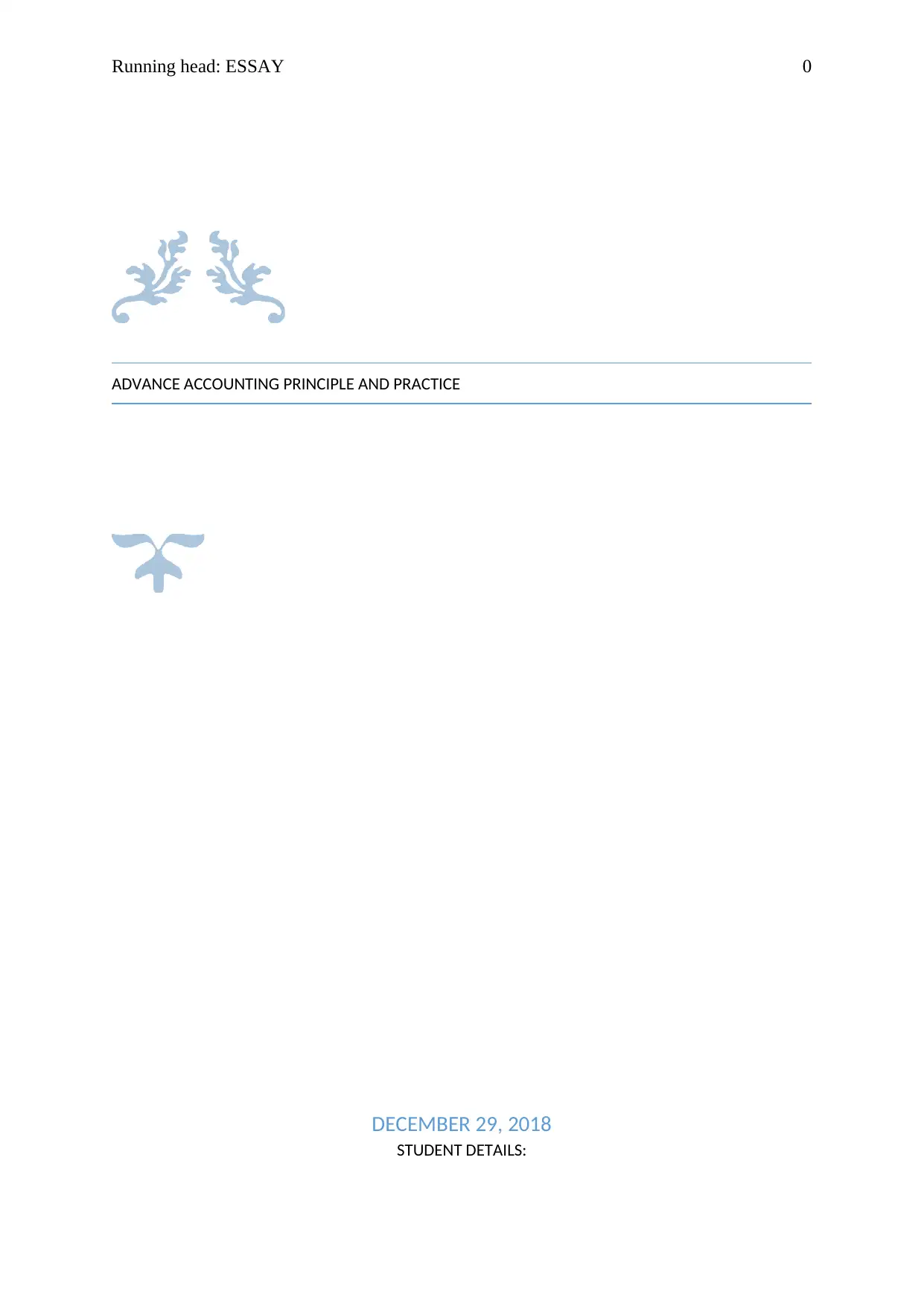
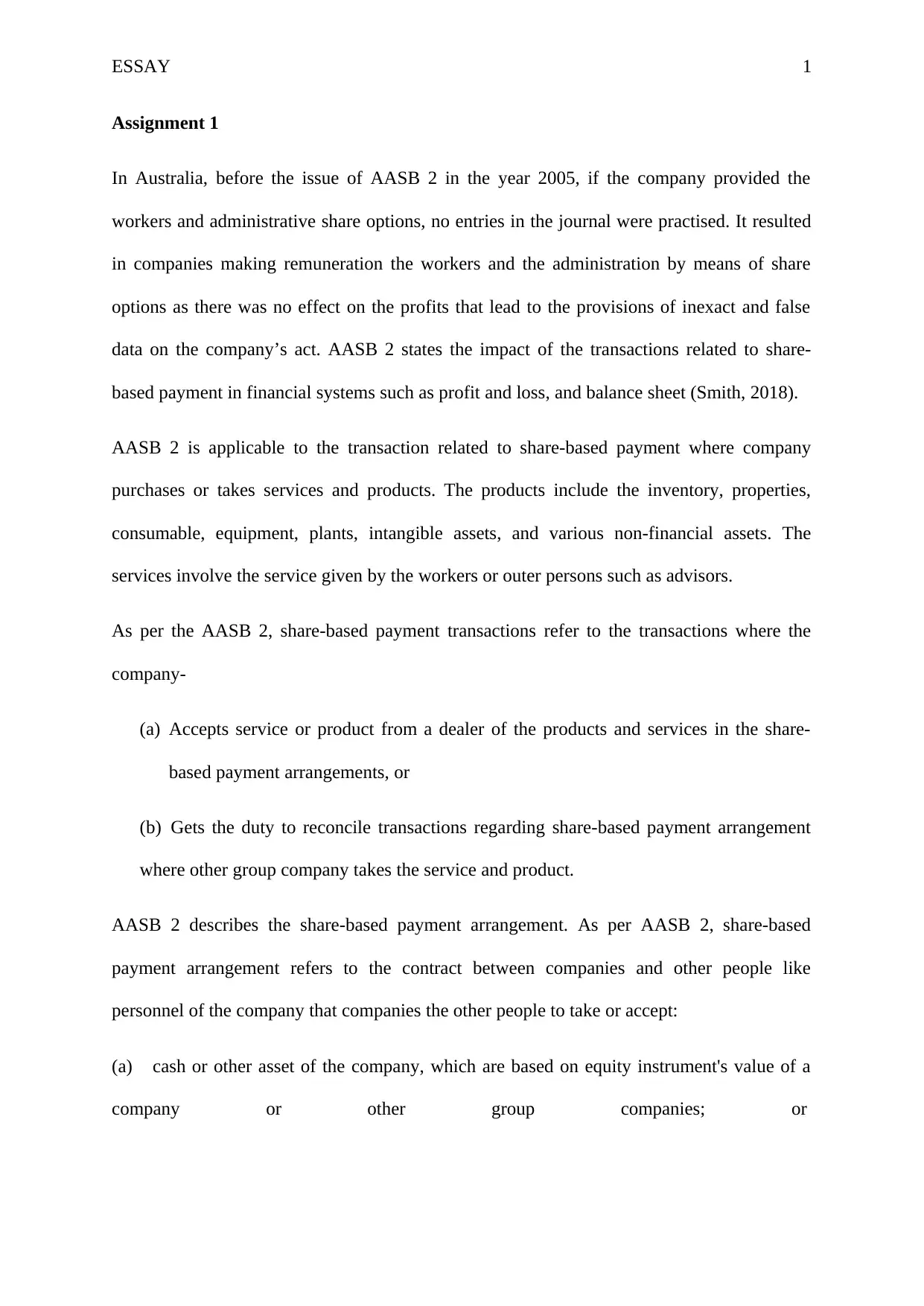
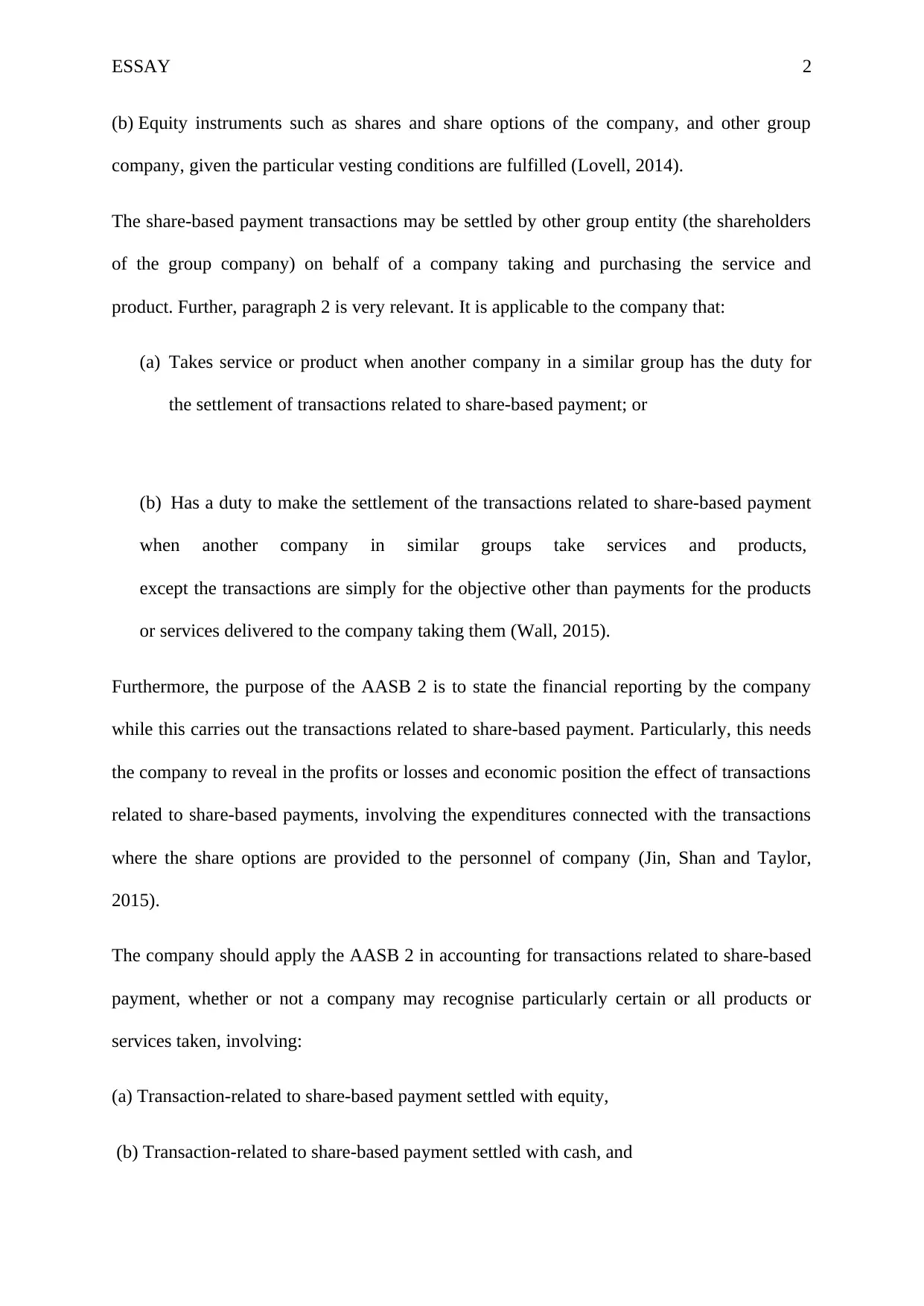

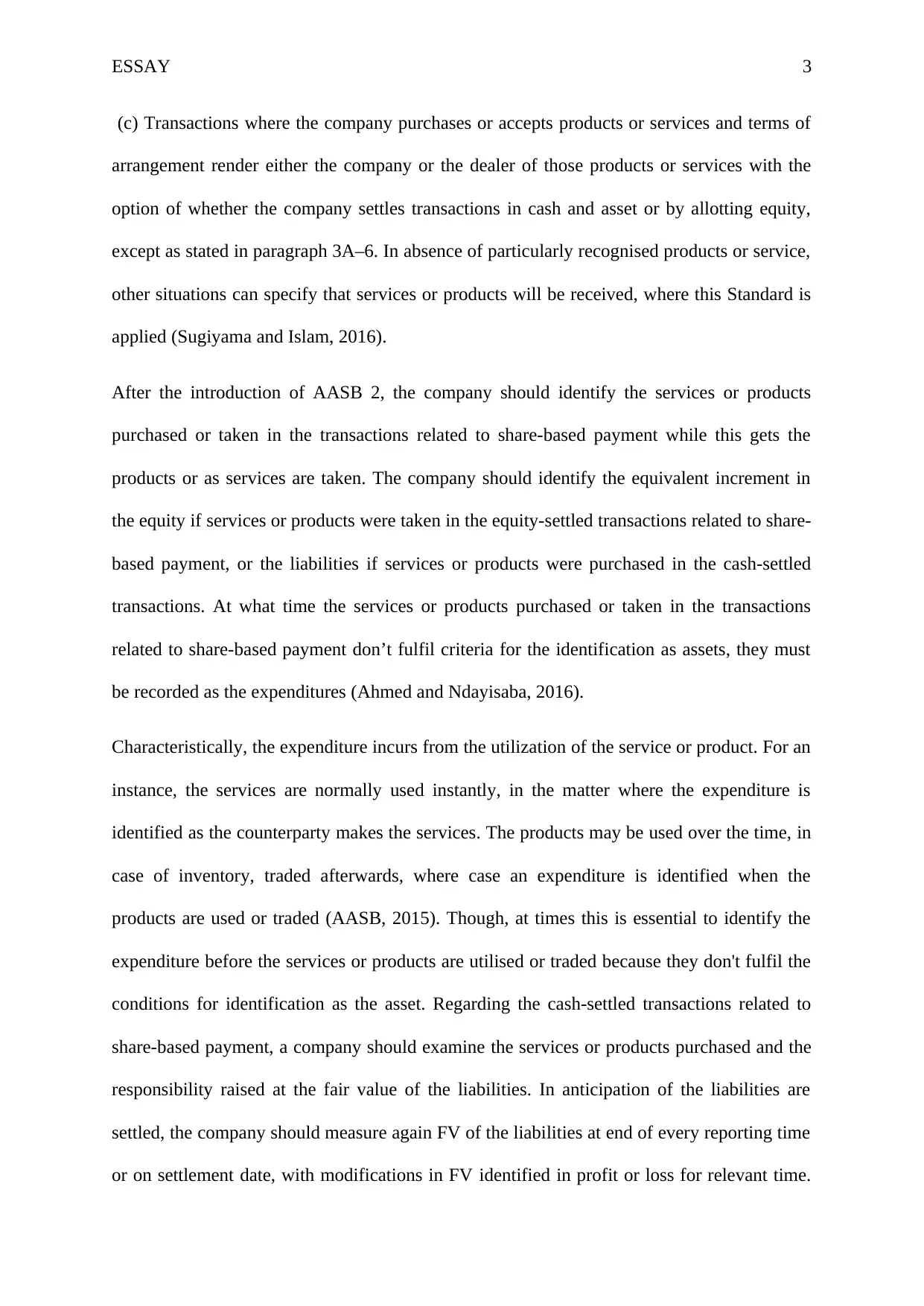
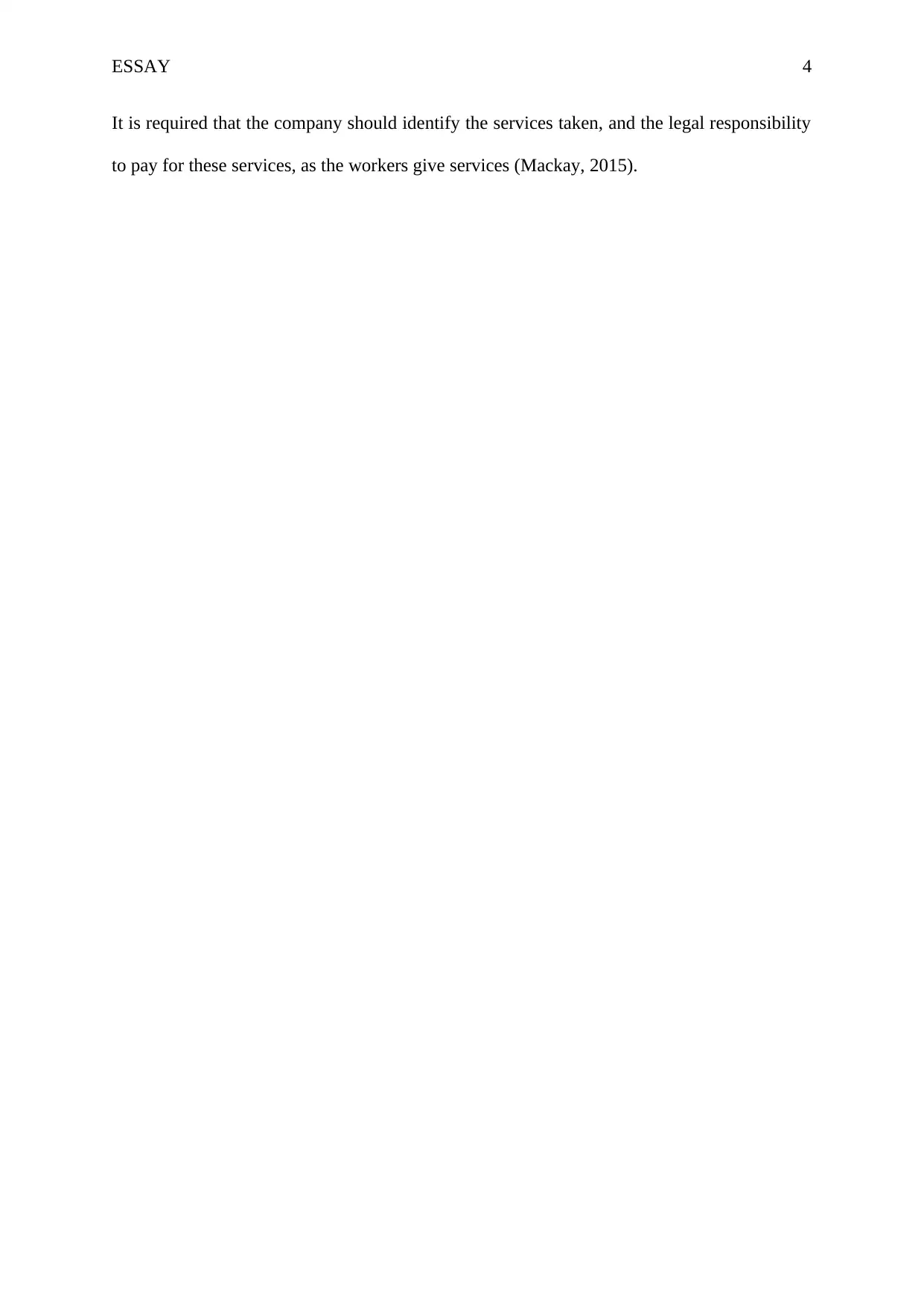
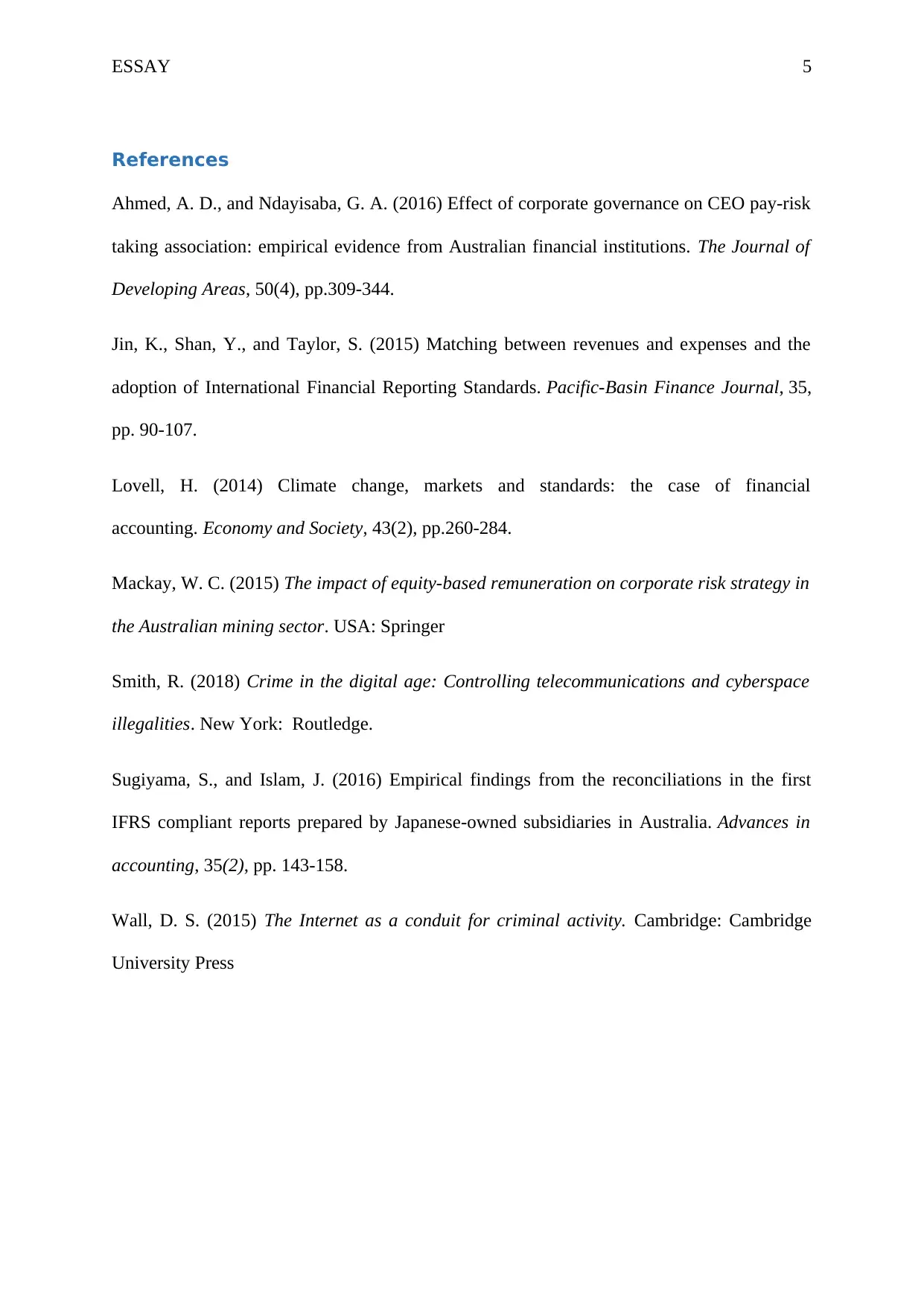






![[object Object]](/_next/static/media/star-bottom.7253800d.svg)